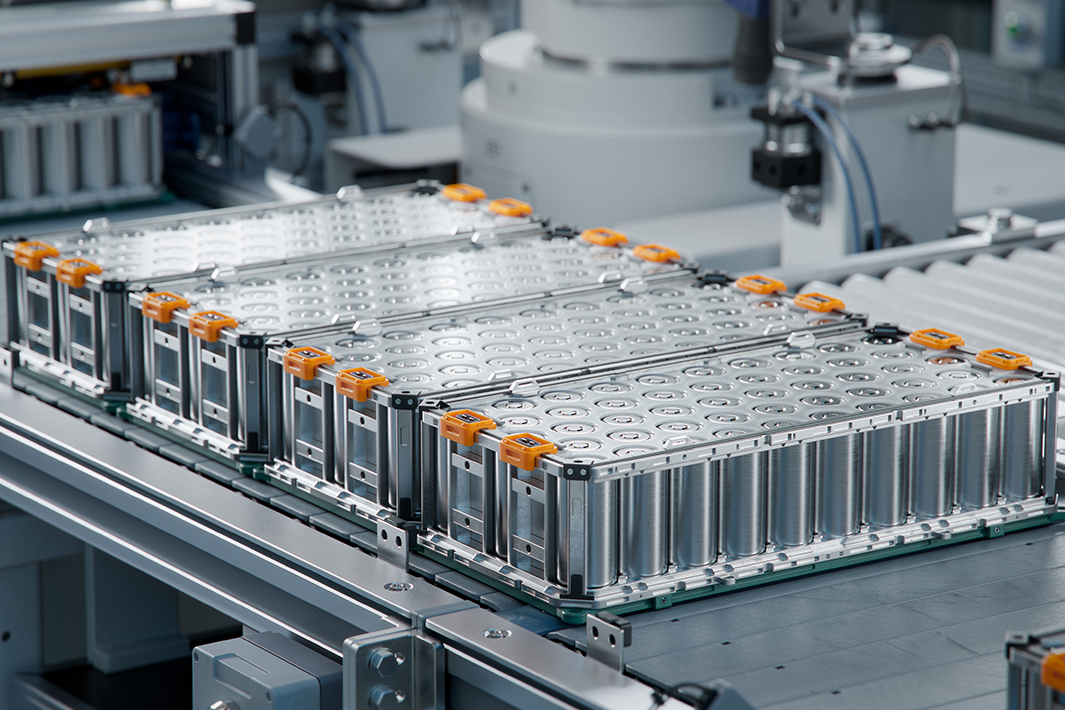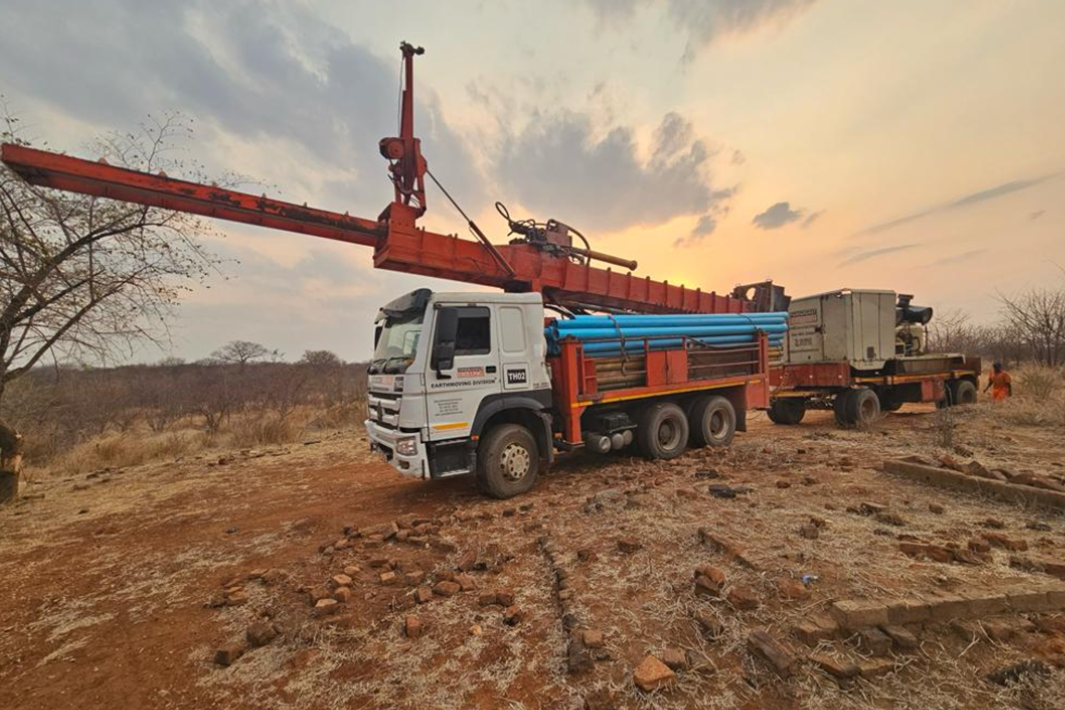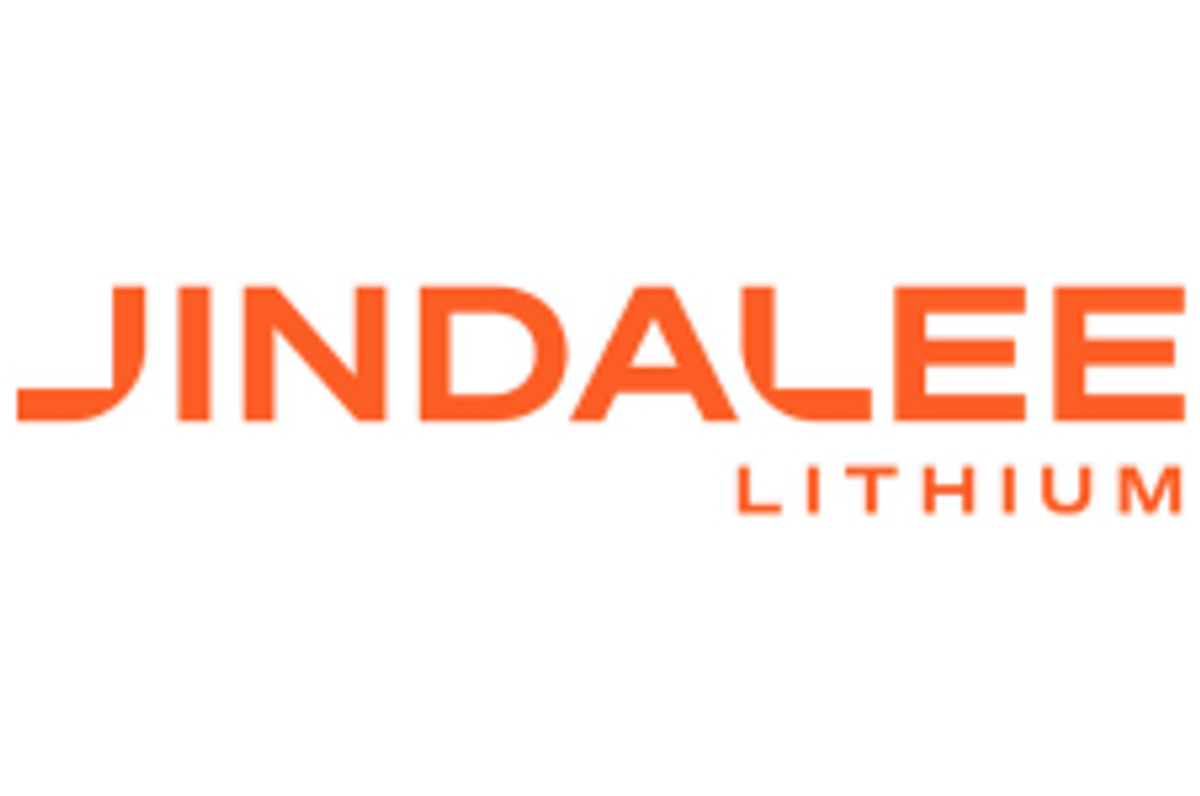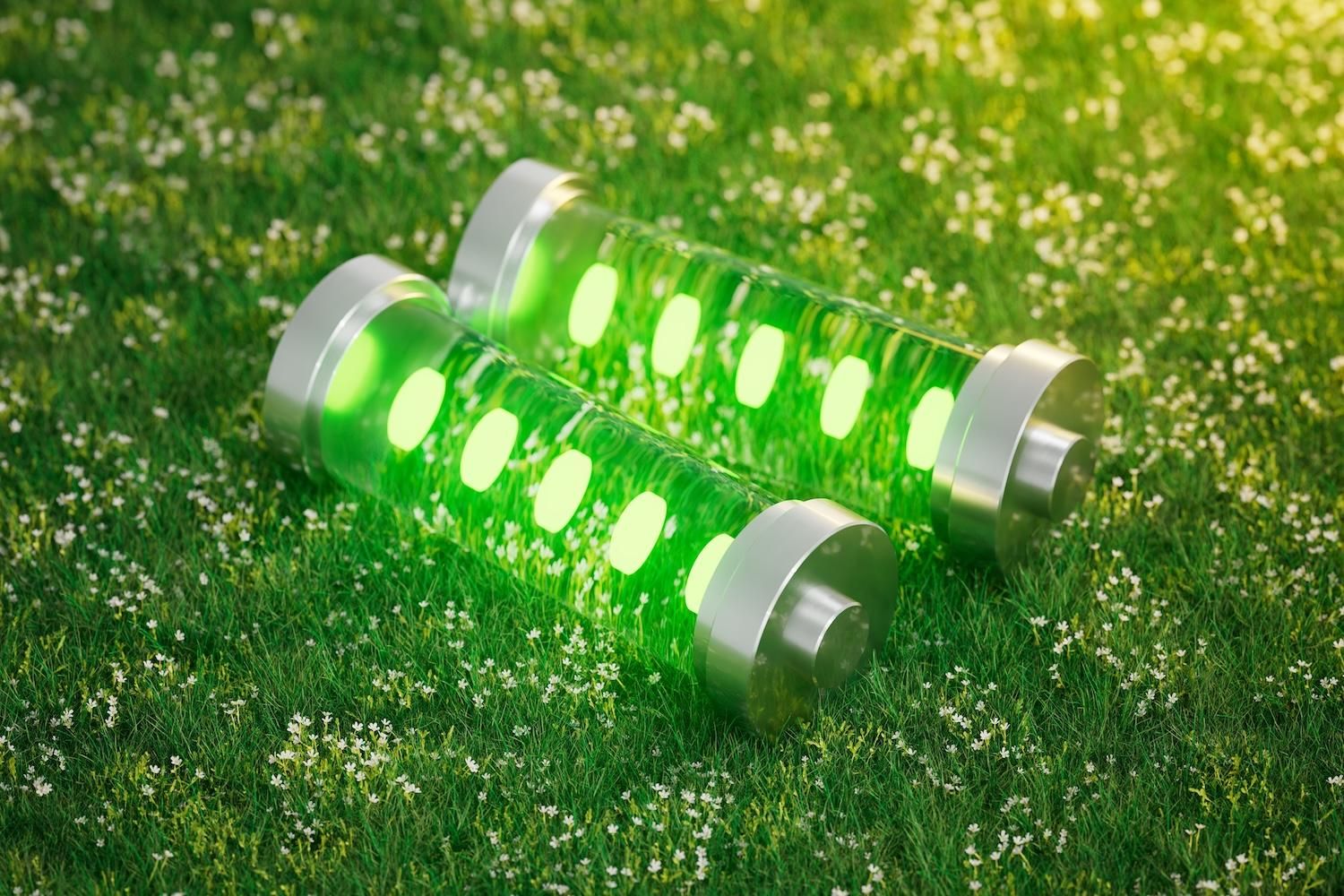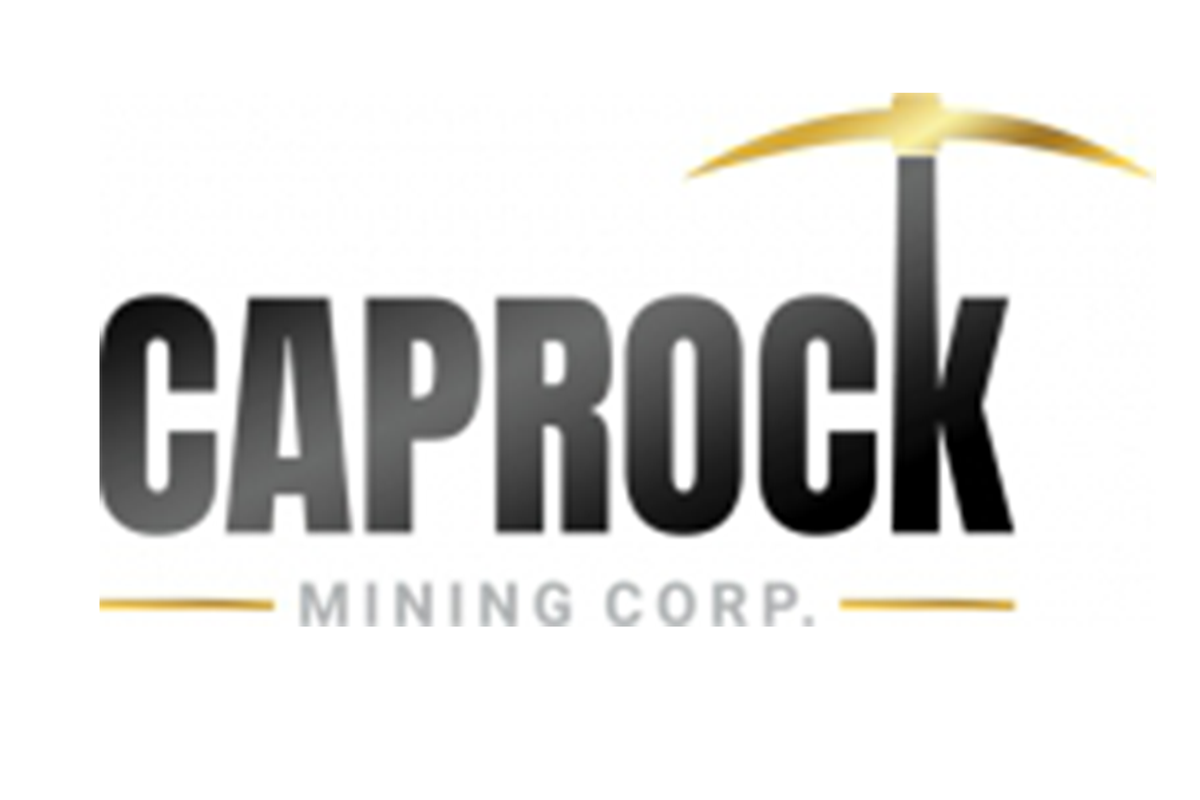
September 11, 2023
Caprock Mining Corp. (CSE: CAPR) ("Caprock" or the "Company") is pleased to announce that its technical team has discovered the presence of zinnwaldite, an extraordinary lithium-bearing mineral, during a recently concluded prospecting and sampling program on the eastern-most claim block (the "Main Claim Block") at its Ackley Lithium-Tin-Molybdenum-REEs property ("Ackley", or the "Property") located in south-eastern Newfoundland, for which the Company has an option to acquire a 100% interest.
Caprock's CEO Mr. Vishal Gupta states: "Historical work at Ackley returned assays of up to 0.91% lithium oxide, however the specific lithium-bearing mineral was never identified until an internal assessment of recently obtained samples by Caprock's technical team. We are very excited by this discovery, since we believe that it is much easier and a lot less capital-intensive to produce lithium hydroxide from zinnwaldite than from the highly sought-after mineral, spodumene."
Mr. Gupta goes on to say, "Zinnwaldite is being successfully mined and processed at the Zinnwald Lithium project in Germany, and its presence has only been documented a handful of times in Canada, previously. While it is still early days in our exploration work at Ackley, initial prospecting work indicates a potential for extensive zinnwaldite mineralization on the Property related to the large 'greisen' zone that resides at the contact between the Devonian-aged granite complex, and the Proterozoic metasediments and volcanics over which the Ackley claim blocks lie."
Assay results from grab samples taken during recent field work will be published in subsequent press releases. The Company also awaits additional confirmation of the zinnwaldite mineralization through detailed petrographic analysis of the grab samples.
Additional Information About Zinnwaldite
Zinnwaldite is a potassium-lithium-iron-aluminum-silicate-hydroxide-fluoride phyllosilicate mineral within the mica group that typically occurs in greisens, pegmatites and quartz veins, and is often associated with tin ore deposits.
In general, zinnwaldite ore is the least energy- and capital-intensive hard rock mining alternative to a lithium-brine operation with respect to the production of lithium hydroxide, especially when compared to spodumene ore. Whereas spodumene concentrate must undergo two separate "high temperature" roast cycles prior to the production of lithium hydroxide, zinnwaldite concentrate only has to undergo a single "medium temperature" roast cycle in order to produce lithium hydroxide.
Additionally, unlike spodumene which has a tendency to lose its lithium content when exposed to ambient weather conditions, zinnwaldite is not subject to weather conditions as a means of production, which allows for greater certainty of supply and control of production.
Figure 1 below provides an image of a massive zinnwaldite sample collected at Ackley.
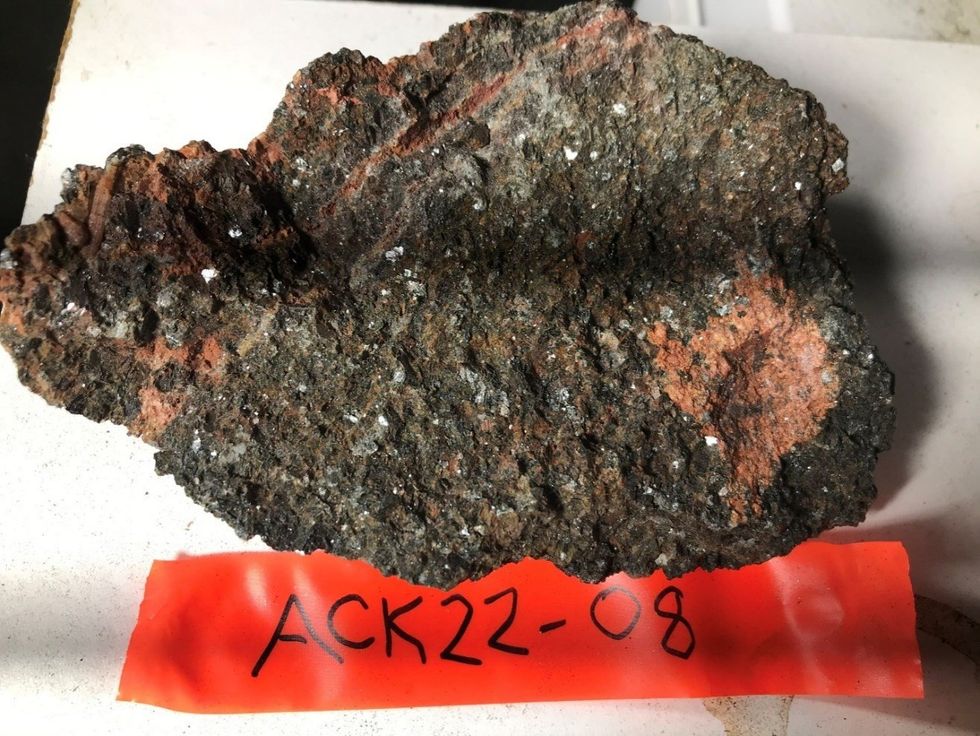
Figure 1: Massive zinnwaldite sample with remnant granite relics
About the Ackley Property
Ackley comprises three claim blocks that collectively span an area of 4,550 hectares located less than two hours' drive from St. John's. The claim blocks overlie portions of the contact zone of a large Devonian-aged granite complex with Proterozoic metasediments and volcanics, parts of which are "greisened", or hydrothermally altered, that is similar in age and lithology to the Mount Pleasant deposit in New Brunswick and the East Kemptville deposit in Nova Scotia. Limited historical exploration work across the Main Claim Block by companies including Esso Minerals, American Zinc, Inco and others, discovered occurrences and anomalies of lithium, tin, molybdenum, tungsten and REEs.
Recent magnetometer survey work over part of the Main Claim Block indicates that the altered contact zone may be extensive, covering several square kilometres. Recent limited prospect sampling and historical Esso trenches across the Main claim block returned assays of up to 0.91% lithium oxide, 5.0% molybdenum, 0.67% tin and 1-5% fluorine on surface. Newfoundland government survey maps of this region report some of the highest lake sediment values for REEs on the entire island.
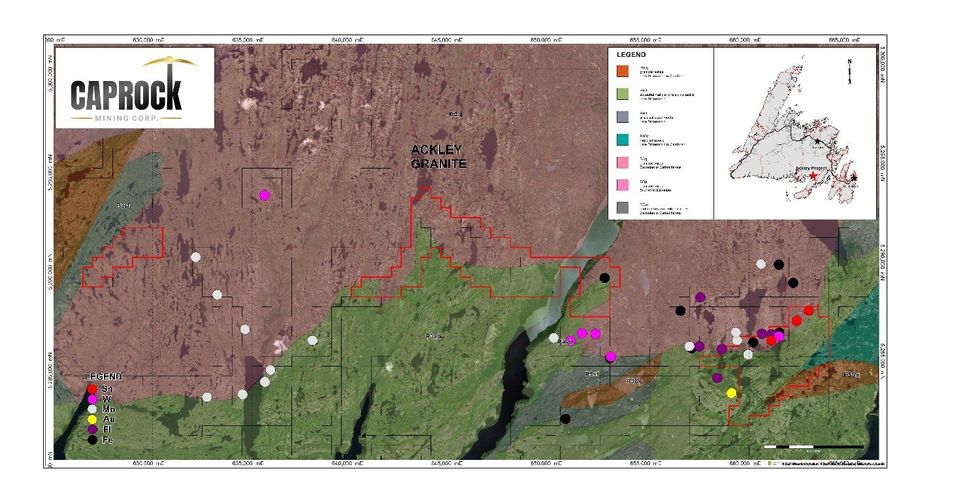
Figure 2: Location of the three Ackley claim blocks
About Caprock Mining Corp.
Caprock Mining Corp. is a Canadian mineral exploration company focused on exploring battery metals in Newfoundland and precious metals in Ontario.
The Company has an option to earn a 100% interest in the Ackley Lithium-Tin-Molybdenum-REEs property located on the Burin Peninsula in south-eastern Newfoundland. Additionally, the Company's 100% interest in several gold exploration properties gives it a substantial landholding in the historical Beardmore-Geraldton Gold Belt("BGB") of Ontario - a belt that has produced over four million ounces of gold historically, and contains the world-class Greenstone gold project (formerly known as the Hardrock gold project) which is being brought to production by a joint venture partnership between Equinox Gold (TSE:EQX) and Orion Mine Finance.
With an experienced management team that has a strong exploration pedigree, Caprock is poised to generate incremental shareholder value by advancing its portfolio of highly prospective exploration projects.
The scientific and technical information disclosed in this release has been reviewed and approved by Mr. Vishal Gupta, the Company's President & CEO. Mr. Gupta is a P.Geo. registered with the Professional Geoscientists of Ontario (PGO), and a. "qualified person" as defined under National Instrument 43-101, Standards of Disclosure for Mineral Projects.
For More Information
Please contact:
Vishal Gupta
President & CEO
E-Mail: vgupta@caprockmining.com
Cautionary Statement Regarding Forward-Looking Statements
All statements in this press release about anticipated future events or results constitute forward-looking statements including, but not limited to, statements with respect to: the potential for extensive zinnwaldite mineralization on the Property, the release of assay results from grab samples taken during recent field work and the ability to generate incremental shareholder value by advancing the Company's portfolio of projects. Forward-looking statements are often, but not always, identified by the use of words such as "seek", "anticipate", "believe", "plan", "estimate", "expect" and "intend" and statements that an event or result "may", "will", "should", "could" or "might" occur or be achieved and other similar expressions. All statements, other than statements of historical fact, included herein, are forward-looking statements. Although Caprock believes that the expectations reflected in such forward-looking statements and/or information are reasonable, undue reliance should not be placed on forward-looking statements since Caprock can give no assurance that such expectations will prove to be correct. These statements involve known and unknown risks, uncertainties and other factors that may cause actual results or events to differ materially from those anticipated in such forward-looking statements, including the risks, uncertainties and other factors identified in Caprock's periodic filings with Canadian securities regulators. Forward-looking statements are subject to business and economic risks and uncertainties and other factors that could cause actual results of operations to differ materially from those contained in the forward-looking statements. Important factors that could cause actual results to differ materially from Caprock's expectations include risks associated with the business of Caprock; risks related to reliance on technical information provided by Caprock; risks related to exploration and potential development of the Company's mineral properties; business and economic conditions in the mining industry generally; fluctuations in commodity prices and currency exchange rates; uncertainties relating to interpretation of exploration results and the geology, continuity and grade of mineral deposits; the need for cooperation of government agencies and First Nation groups in the exploration and development of properties and the issuance of required permits; the need to obtain additional financing to develop properties and uncertainty as to the availability and terms of future financing; the possibility of delay in exploration or development programs and uncertainty of meeting anticipated program milestones; uncertainty as to timely availability of permits and other governmental approvals; and other risk factors as detailed from time to time and additional risks identified in Caprock's filings with Canadian securities regulators on SEDAR+ in Canada (available at www.sedarplus.ca). Forward-looking statements are based on estimates and opinions of management at the date the statements are made. Caprock does not undertake any obligation to update forward-looking statements except as required by applicable securities laws. Investors should not place undue reliance on forward-looking statements.
Neither the Canadian Securities Exchange nor its Regulation Services Provider accepts responsibility for the adequacy or accuracy of this release.
CAPR:CNX
The Conversation (0)
11 December
Mining the Gap: 5 Forces Shaping North America’s Lithium Supply Chain
A convergence of industry investments, government initiatives and a shifting global trade dynamic is creating an environment ripe for the development of a North American battery supply chain, with lithium playing a leading role. These trends are reshaping the region’s industrial base and opening... Keep Reading...
10 December
Rock Bottom: Strategic Window for Ground-level Lithium Investment
When lithium prices hit bottom, savvy investors know that’s exactly where the next big discovery begins — literally. Beneath the surface of global markets and remote exploration grounds, new opportunities are forming in the wake of a sharp price reset and renewed geopolitical urgency.Recent... Keep Reading...
10 December
Liontown Resources Pens Lithium Offtake Agreement with China's Canmax
Liontown Resources (ASX:LTR,OTC Pink:LINRF) has executed a binding offtake agreement with Chinese conglomerate Canmax Technologies (SZSE:300390) as part of its strategy to diversify its customer base.“Listed on the Shenzhen Stock Exchange, Canmax is one of the world’s leading manufacturers of... Keep Reading...
08 December
Trading Halt
Jindalee Lithium (JLL:AU) has announced Trading HaltDownload the PDF here. Keep Reading...
05 December
Livium Receives A$663k in RsD Tax Incentive Rebates for VSPC
Livium Ltd (ASX: LIT) (“Livium” or the “Company”) advises that it has received A$663,000 in research and development ("R&D") tax incentive rebates from the Australian Tax Office for the 2025 financial year ("FY25"), relating to its wholly owned subsidiary VSPC Pty Limited ("VSPC"). The rebate... Keep Reading...
01 December
Why SQM Says Social Dialogue is Key to Sustainable Lithium
As scrutiny continues to intensify across the battery metals supply chain, the conversation around sustainability has moved far beyond carbon footprints. At this year’s Benchmark Week, Stefan Debruyne, director of external affairs at Sociedad Quimica y Minera de Chile (SQM) (NYSE:SQM), made that... Keep Reading...
Latest News
Interactive Chart
Latest Press Releases
Related News
TOP STOCKS
American Battery4.030.24
Aion Therapeutic0.10-0.01
Cybin Corp2.140.00
